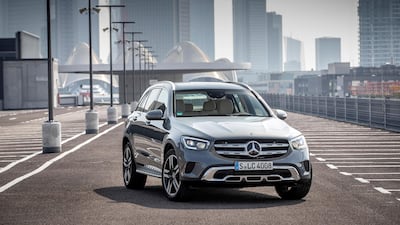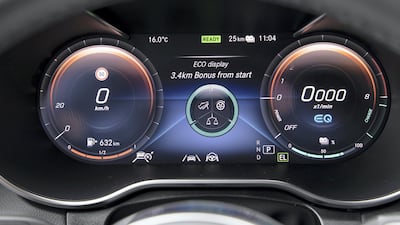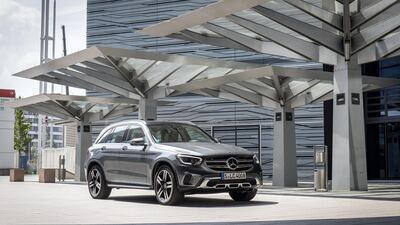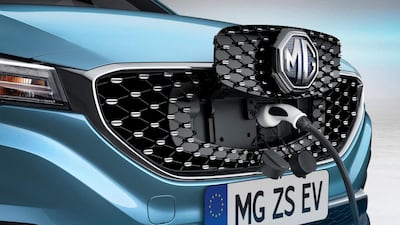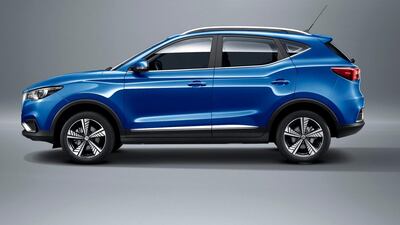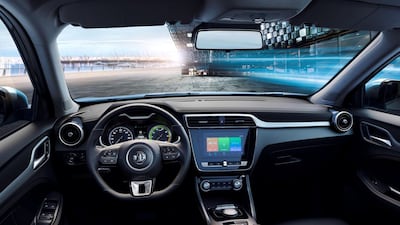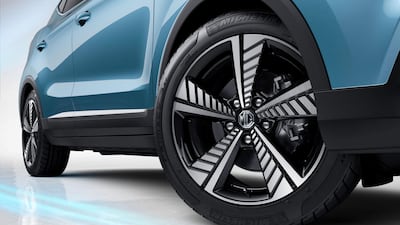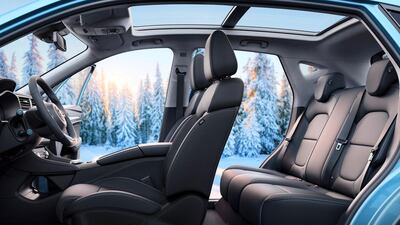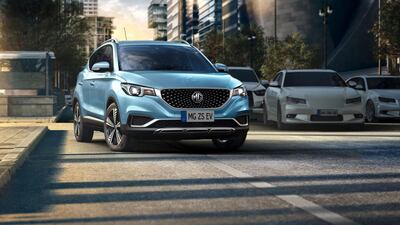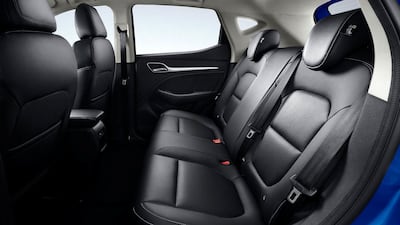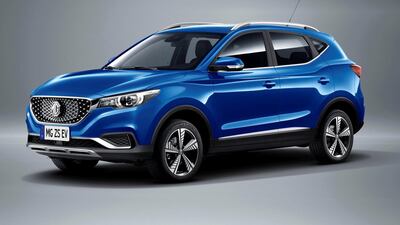One might believe that driving on motorways or through the mountains is trickier than in our communities, but that is not so. The first thing that differs when driving in built-up or urban areas are the many obstacles to take into account, such as children playing in and alongside the road, dogs being walked and cats running across the street.
You are likely to see people walking, jogging or even cycling. As well as pedestrians, you'll also meet oncoming traffic and encounter school buses, delivery riders, water tankers and slow-moving rubbish trucks.
On top of all that, residential roads have more lampposts, trees, pedestrian crossings and speed bumps, all of which create more hazards. Being aware of your surroundings is a vital skill to master, especially as it takes more concentration to drive safely in this type of environment.
Follow our guide and share these tips with others so you, too, can make your area safer.
Children appear from anywhere
It's common knowledge that children don't always do what is right or good for them, so it is essential to think like a child and look out for places they may appear from when driving in residential areas.
Children are often drawn to playing in the middle of a quiet road or are on the pavement playing with a ball or something else that could roll into your path. To give yourself (and the child) the best chance possible, reduce your speed and make a point of staying below the limit so you can take in as much as possible. Keep an eye out for open grass areas close to the road and children trying to cross from between parked cars.
School's out, so watch out!
Classes might be cancelled at the moment, but when they're back on it's important to be especially vigilant at drop-off and pick-up times. Schools are very common in built-up communities and children are notorious for crossing at the most convenient place rather than the safest place, and they aren't always looking where they're going.
As a driver, this is the most stressful environment to manoeuvre through, as there is far too much going on to be as safe as you’d like to be.
Remember, it's your responsibility to avoid an accident and this is easier to do if you keep to the speed limit, anticipate any potential scenario, turn the stereo off and, where possible, park away from the school and walk to collect your child or let your child walk to you. It could just save a life or at least avert a fender bender with another car.
_________________
Take a look at the new Mercedes GLC 300:
_________________
Beware of bus routes
If you come across a school bus – which are usually painted yellow with a ‘school bus’ sign on the front, side and rear – be extremely cautious. When the bus stops you are likely to want to overtake it, but be mindful, as it’s likely to have come to a halt to let pupils off or on.
One common mistake is children (often being guided by their parents or guardian) crossing in front of the bus when it's stationary. The problem with this is that they are already obstructed by the front of the large vehicle and they may assume the traffic has stopped. It's always safer to wait until the bus moves off, as there is a much clearer view to make sure it's OK to proceed. This applies to both you and the pedestrian who has just disembarked. Often, buses have their own stop sign, so remember to take note of when it's out.
Take heed at crossings
Individuals should all be using pedestrian crossings situated in places deemed safe by the authorities, but not everyone does, so, as a driver, it's your responsibility to watch out for walkers.
There are many types of crossings, including zebra crossings (with white markings on the road surface), traffic islands (with a raised 'safe place' in the centre of the street) or pelican crossings (with traffic lights). As always, stick to a speed that allows you to take in all of your surroundings. If someone is standing, waiting to use a zebra crossing, you need to stop and let them cross. Pelican crossings have traffic lights, so stop when they turn red and, whenever you see people approaching a crossing, slow down and be prepared to press the brakes.
_________________
This MG electric car costs only Dh99,500:
_________________
Look out for oncoming traffic
It's not common, but we still come across oncoming traffic from time to time. It occurs when the width of the road is reduced by an obstruction, be it a parked car or roadworks, and only one vehicle may pass. If the obstruction is on our side, priority is given to the oncoming car. Even when we have priority, we should always slow down and wait to see if the other driver is going to let us through. Priority is something we give, never take.
Overall, as long as you reduce your speed, stay focused and use hazard perception you will show all the characteristics of a safe community driver. It’s a good idea to always travel at a speed that allows you to give a running commentary of the potential hazards around you. The more that is going on, the harder it is to commentate, therefore you’ll need to drive slower to be able to talk about the environment you’re in. Even if the road looks clear and quiet, it can change in a split second, so it’s vitally important to remember that in built-up communities, there is greater potential for disaster.


